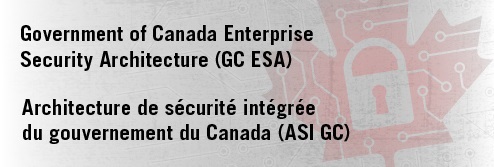Difference between revisions of "Domain Message Authentication Reporting and Compliance"
Jump to navigation
Jump to search
(Created page with "<div style="float: right; z-index: 10; position: absolute; right: 0; top: 1;">File:JoinusonGCconnex.png|link=http://gcconnex.gc.ca/groups/profile/2785549/gc-enterprise-secur...") |
|||
| Line 23: | Line 23: | ||
|} | |} | ||
| − | </div>{{ | + | </div>{{Delete|reason=Expired Content}} |
| − | |||
| − | |||
| − | |||
| − | |||
| − | |||
| − | |||
| − | |||
| − | |||
| − | |||
| − | |||
| − | |||
| − | |||
| − | |||
| − | |||
| − | |||
| − | |||
| − | |||
| − | |||
| − | |||
| − | |||
| − | |||
| − | |||
| − | |||
| − | |||
| − | |||
| − | |||
| − | |||
| − | |||
| − | |||
| − | |||
| − | |||
| − | |||
| − | |||
| − | |||
| − | |||
| − | |||
| − | |||
| − | |||
| − | |||
| − | |||
| − | |||
| − | |||
| − | |||
| − | |||
| − | |||
| − | |||
Latest revision as of 13:38, 20 April 2021
| ESA Program Overview | ESA Foundation | ESA Artifacts | ESA Initiatives | ESA Tools and Templates | ESA Reference Materials | Glossary |
|---|
| This page has been highlighted as a candidate for deletion. Please see the discussion. Reason: Expired Content |



